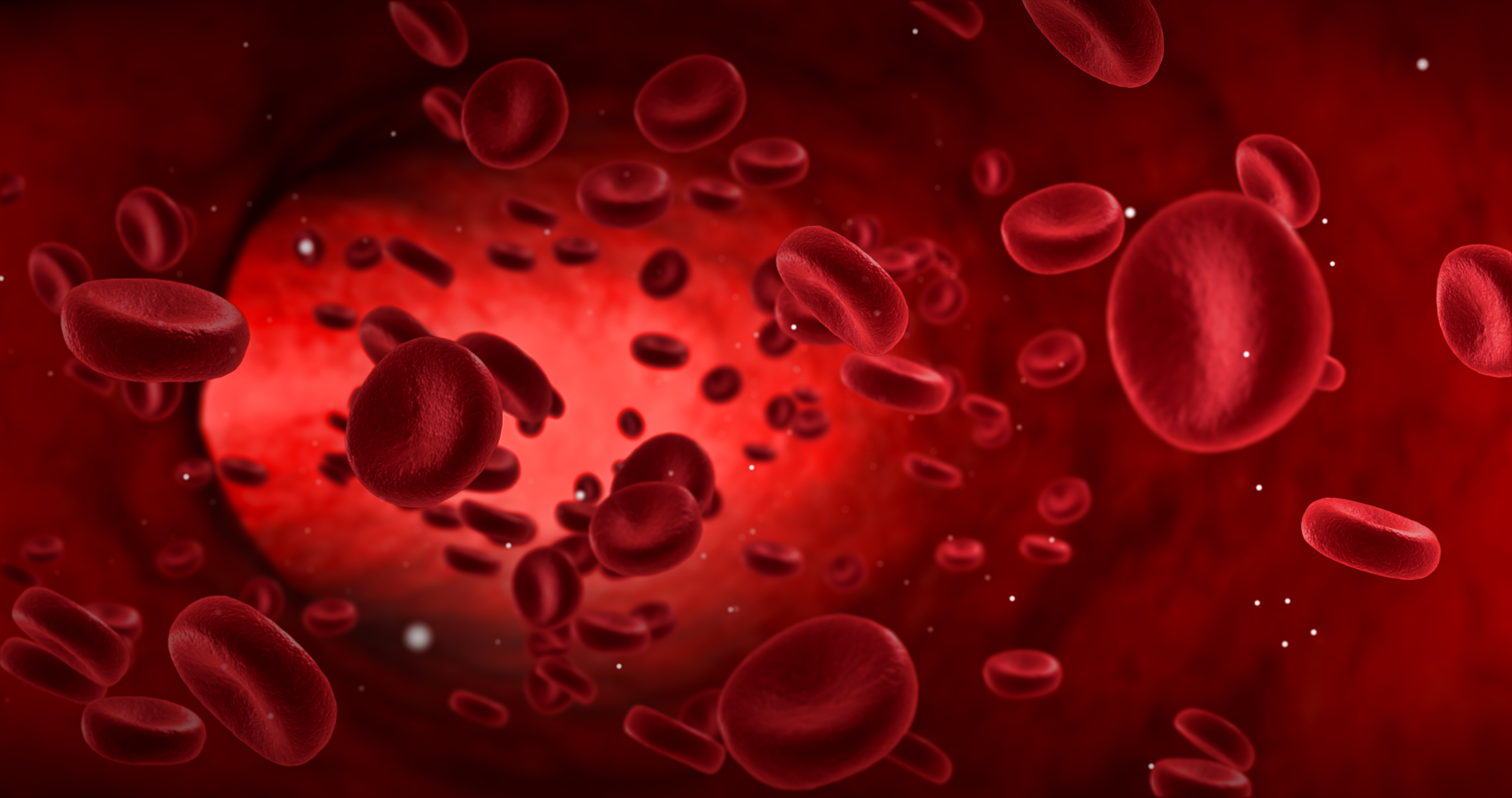Low hemoglobin: what are the main causes?

Publication date: 12-07-2023
Updated on: 14-07-2023
Topic: Hematology
Estimated reading time: 1 min
Hemoglobin is a blood protein found in red blood cells. Its main function is to transport oxygen throughout the body. Low hemoglobin is defined when values are < 120 g/l in women and < 140 g/l in men.
Together with Dr. Maurizio Bonfichi, a hematologist at Istituto Clinico Città di Pavia, we delve into the causes, symptoms and how to intervene.
Low hemoglobin: main causes
Low hemoglobin may be associated with lower red blood cell production, destruction of red blood cells, or loss of red blood cells. Specifically, causes of decreased red blood cell production can be:
- aging / incapacity of bone marrow which is no longer able to bring red blood cells to maturation;
- vitamin or mineral deficiencies due to decreased intake or malabsorption (such as, for example, unavailability of iron);
- endocrinological causes (dystothyroidism, hypocorticosurrenalism);
- infectious causes;
- tumors (hematologic neoplasms in the strict sense or other order);
- renal insufficiency (also associated with reduced erythropoietin production).
Causes of red blood cell destruction can be traced to:
- mechanical/vascular causes;
- alterations in the shape of red blood cells (spherocytosis);
- hemoglobinopathies (such as, for example, Mediterranean anemia);
- congenital enzyme deficiencies (pyruvate kinase or glucose phosphate dehydrogenase deficiency);
- autoimmune diseases primitively of hematologic origin or secondary to rheumatologic, or infectious forms;
- hypersplenism;
- disseminated intravascular coagulation;
- thrombotic thrombocytopenic purpura (hemolytic uremic syndrome);
- transfusion reaction;
- solid tumors.
Red blood cell loss occurs essentially by:
- bleeding of physiological type (e.g., in the case of menstruation);
- pathological pictures (e.g., ulcers/tumors of the digestive system, trauma, surgery, etc.).
Symptoms of low hemoglobin
The most common symptoms of low hemoglobin include:
- headache;
- sense of fatigue;
- insomnia;
- feeling of heart palpitation;
- tachycardia or even arrhythmias;
- feeling of shortness of breath/exertional breathlessness;
- difficulty in concentrating.
Diagnosis
In order to be able to ascertain the disease, it is necessary for the patient to undergo a simple blood test to evaluate:
- the hemoglobin assay, the number of red blood cells, their volume, and the hematocrit (i.e., blood viscosity);
- the number of white blood cells and the leukocyte formula (i.e., the percentage quantification of the different types of white blood cells in the blood obtained by automatic counter and, in specific cases, validated under a microscope after a peripheral blood smear has been taken);
- the number and volume of platelets.
Anemia: remedies and recovery time
The term “anemia” refers to the condition in which the subject has a number of red blood cells in the circulating blood below the normal range and consequently low hemoglobin values.
“Anemia is curable, but its complete resolution depends on what caused it. The timeline for achieving cure depends precisely on the cause of the anemia itself. An unbalanced diet poor in vitamins, such as B12 and folic acid, can induce a condition of more or less severe anemia that resolves in a short time (a few weeks at most) with a specific diet, combined with ad hoc supplements (especially B vitamins, folic acid and/or iron), quickly normalize the situation. Among the recommended foods: meat (especially red meat), fish, eggs and fresh vegetables. Legumes and dried fruits, substances rich in iron, are also helpful in normalizing and keeping blood hemoglobin values in range.
The same is true for iron deficiency related to dietary causes (here the duration of replacement therapy can also be 2-3 months), although acceptable hemoglobin values are reached in a few weeks,” Dr. Bonfichi points out.
If anemia is related to taking certain medications (including, for example, some antibiotics, anti-inflammatory drugs, anti-cancer drugs), their discontinuation can, in most cases, quickly lead to symptom improvement.
"If the anemia is very severe, transfusion support may be equally necessary in addition to the administration of erythropoietin, a substance that can effectively improve some anemia conditions. Transfusions also become indispensable in those forms in which the disease is associated with severe hematological forms (such as severe forms of “Mediterranean anemia”, Cooley's disease, aplasias, leukemias, and other blood cancers), tumors, severe infectious forms, and severe immunological forms,” the specialist concludes.
